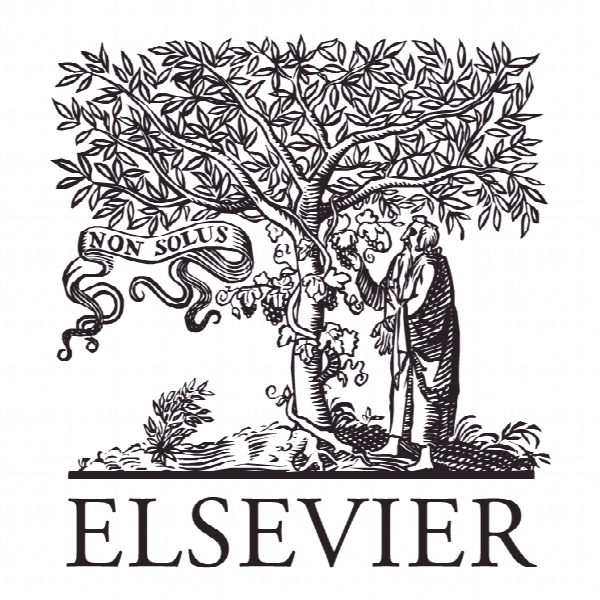چند فرهنگی آسیایی در ارتباطات: تاثیر فرهنگ در روابط عمومی در سنگاپور Asian multiculturalism in communication: Impact of culture in the practice of public relations in Singapore
- نوع فایل : کتاب
- زبان : انگلیسی
- ناشر : Elsevier
- چاپ و سال / کشور: 2017
توضیحات
رشته های مرتبط مدیریت
گرایش های مرتبط مدیریت منابع انسانی
مجله بررسی روابط عمومی – Public Relations Review
دانشگاه دانشکده تجارت لی کنگ چیانگ، مدیریت سنگاپور
نشریه نشریه الزویر
گرایش های مرتبط مدیریت منابع انسانی
مجله بررسی روابط عمومی – Public Relations Review
دانشگاه دانشکده تجارت لی کنگ چیانگ، مدیریت سنگاپور
نشریه نشریه الزویر
Description
1. Introduction In the lastfew decades, scholars in global public relations (PR) have called for more research and education in multicultural communication (Macnamara, 2004; Sriramesh, 2003). This charge has become more urgent today given the increasing number of multinational organizations operating in an ever internationalizing economy that are endlessly “globalizing”, “glocalizing” or “grobalization” (Chaney &Martin, 2014, p. 3)to remain competitive. The need to understandmulticulturalism in our field is further accentuated by large scale human migrations across the globe that has resulted in multicultural communities even within many previously ethnically homogenous countries (Koenig, 2015). Essentially, being culturally competent to communicate effectively with culturally diverse publics both intra- and inter-countries has never been more critical. According to Vercic, Grunig and Grunig (1996), culture is one of the five environmental factors that impact the formation of PR planning in a country. Sriramesh (2003) extended the observation by arguing the need for the American education system to deliver multicultural PR education with an emphasis on multiculturalism if it hopes to adequately equip and train aspiring PR professionals in today’s globalized business environments. Macnamara (2004) supported that observation and argued that “nowhere is research more important than in multicultural and cross-cultural communication” (p. 1). While honoring the vital works that have been done to highlight the importance of multiculturalism, one also needs to question the operationalization of this cultural construct. This is because while many scholars, particularly in the field of social psychology, have demonstrated and provided empirical evidence to support the operationalization of two other cultural constructs, i.e., individualism and collectivism (Hofstede & Hofstede, 2001; Triandis, 2007), few have attempted to do the same for multiculturalism. As such, unless researchers understand how multiculturalism is applied in PR practice, multiculturalism will remain an academic construct. Lamenting the limitations of multiculturalism research in Western-centric cultures, Shome (2012) argued that AngloAmerican engagements with multiculturalism tended to be “nation-bound” (p. 144) in the sense that the comprehension of multiculturalism is focused on getting marginalized or immigrant groups of different ethnicity to be acculturated to Western culture. The practice of multiculturalism is often informed by reasoning and logic embedded in Western liberal definitions of what constitute freedom, rights and democracy. Hence, for as long as multiculturalism is studied through these lenses, it cannot adequately understand multiculturalism which requires the ability to “address relations of cultural otherness that are produced by the complexities of transnationalism” (p. 144).


